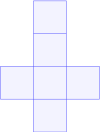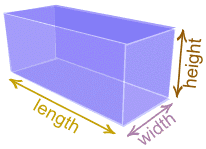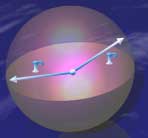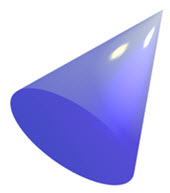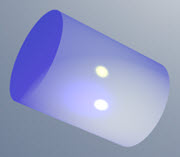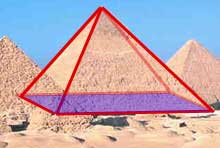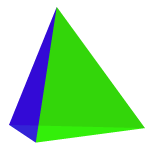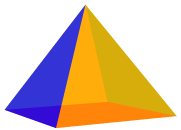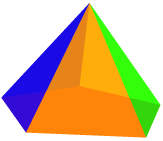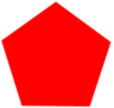Powerful? Plants aren’t powerful, you say. They have to stay in one place and depend on the sun and rain for their survival. That’s true, but did you know plants have powerful chemicals inside them? Many plants have healing powers and have been used for thousands of years for medicine. In fact, most of the medicines we have today are made from plants or chemicals with similar properties.
During the Middle Ages, doctors carried bundles of lavender and other herbs to keep them from getting the plague. Sometimes it worked; sometimes it didn’t.
While some plants have the power to heal, others have the power to kill. Many plants are poisonous to animals and people. Some plants that look harmful are actually poisonous. Pokeberries look a lot like huckleberries, but they can make you very sick.










